Harnessing Access Control Data for Strategic Decision-Making
Harnessing Access Control Data for Strategic Decision-Making
Enterprises use big data from access control platforms to empower their teams to safeguard valuable information and mitigate security risks.
Modern data access control solutions are popular among enterprise businesses because they offer a centralized approach to managing data across organizations. They also provide essential features such as identity management, access management platforms, and automated task provisioning. By harnessing access control tools and solutions, these organizations efficiently manage data usage and access, ensuring that sensitive information remains protected from unauthorized access, breaches, and other security threats.
These tools allow enterprises to maintain comprehensive oversight of data access management, streamline access control policies, audit and enforcement oversight, and comply with regulations.
Comprehensive Oversight
Data from access control systems protect an organization's valuable assets from unauthorized access and potential data leaks by providing comprehensive oversight regarding who is entering and using your facilities, as well as who has access to important information and when. Whether it's sensitive client information, classified documents, or other critical data, implementing a robust access control system is essential for maintaining the integrity and security of your organization's data assets.
For example, say that a hospital is alerted to a security breach by its access control system. Using that data, the hospital can see not only who caused the breach but also what actions and accesses led to the breach. This allows the hospital to take corrective action to fix the mistake and further safeguard its patients and staff. Similar actions can be taken to prevent such incidences. By analyzing control access data, a security provider can explain where potential breaches may occur and work with the organization to prevent such incidences. Honeywell’s Pro-Watch® Integrated Security Suite uses real-time access approvals and the elimination of shared accounts for databases to ensure a robust defense against such potential threats.
By offering consistent visibility into data activities, issuing automated alerts for suspicious events, and enabling dynamic access management, businesses are protected by the visibility this data provides.
Analyzing the Data and Taking Action
Once an enterprise has access control data at its fingertips, a world of security and efficiency-enhancing possibilities opens up, including:
1. Preventing Unauthorized Access: Access control systems serve as a barrier against unauthorized entry, safeguarding sensitive areas and resources.
2. Tracking Movement: By monitoring individuals' movements within physical locations, access control systems provide valuable insights and accountability, helping to identify misuse or security breaches.
3. Reinforcing Data Security: Beyond physical assets, access control systems bolster the security of sensitive information, mitigating the risk of data breaches or leakage.
4. Enhancing Worker Safety: Access control ensures that only trained personnel can access hazardous equipment or areas, reducing the risk of accidents and promoting workplace safety.
Regulatory Compliance
Not only is access control data the cornerstone of data security, but it also helps companies comply with data security regulations such as the General Data Protection Regulation (GDPR) and Health Insurance Portability and Accountability Act (HIPAA) ensuring that only authorized individuals can access sensitive information.
For instance, GDPR mandates that organizations take appropriate technical and organizational measures to ensure the security of personal data, and implementing access controls is a fundamental aspect of fulfilling this requirement. By implementing robust access control measures such as Honeywell’s Pro-Watch® Integrated Security Suite, organizations can restrict access to personal or sensitive data to only those who have a legitimate need to know, thus reducing the risk of unauthorized access or data breaches.
Moreover, access control data enables organizations to monitor and audit access to sensitive information, which is essential for demonstrating compliance with regulations such as GDPR and HIPAA. By maintaining detailed logs of who accessed what data and when, organizations can track and review access patterns, detect any unauthorized activities, and demonstrate compliance during regulatory audits. This level of visibility not only helps organizations identify and mitigate security risks but also provides evidence of their commitment to protecting sensitive data in accordance with regulatory requirements.
Businesses must leverage sophisticated tools and technologies to proactively secure data across cloud repositories and ensure regulatory compliance. By embracing modern data access control solutions, your organization can fortify its defenses and confidently navigate the evolving security landscape.
